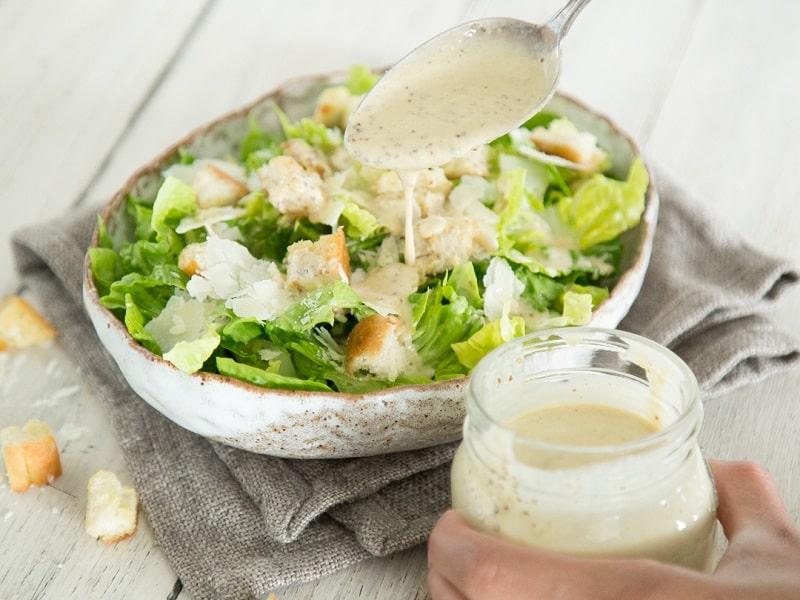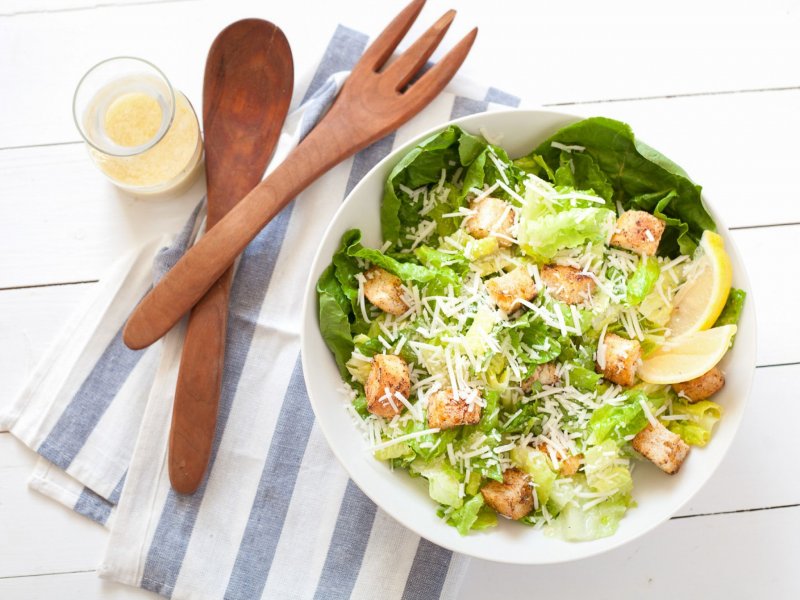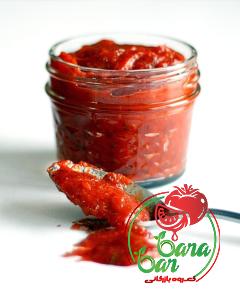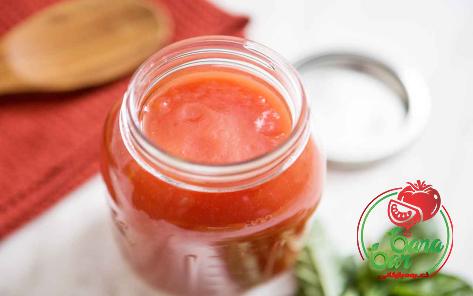Enhance Your Culinary Experience
When it comes to salads, the dressing can make or break the dish. A well-chosen sauce can elevate the flavors and textures, turning a simple salad into a culinary delight. In this article, we will explore the different types of sauce for salad that are available in the market, and discuss the factors to consider when buying them.
Types of Sauce for Salad
1. Classic Vinaigrette: This timeless dressing is made with a combination of oil, vinegar, salt, and pepper. It is light, tangy, and versatile, making it suitable for a wide range of salads. Classic vinaigrettes come in various flavors, such as balsamic, red wine, or lemon, offering options to suit different palates.

2. Creamy Dressings: Creamy dressings, such as Caesar, ranch, or blue cheese, are rich and indulgent. They are typically made with a base of mayonnaise or sour cream, combined with seasoning and herbs. These dressings are particularly popular with salads that contain ingredients like chicken, bacon, or hard-boiled eggs.
3. Yogurt-based Dressings: For those looking for a healthier alternative, yogurt-based dressings are an excellent choice. They provide a creamy texture with fewer calories compared to traditional creamy dressings. Greek yogurt, combined with herbs, spices, and lemon juice, creates a delightful dressing that pairs well with a variety of salads.
4. Asian-inspired Dressings: With the rise in popularity of Asian cuisine, salad dressings inspired by these flavors have gained traction. Sesame, soy ginger, or peanut dressings add a unique twist to your salads, infusing them with the distinct umami taste. These dressings often contain ingredients like sesame oil, soy sauce, garlic, and ginger.
Buying Types of Sauce for Salad

When buying sauce for salad, several factors should be considered to ensure a satisfying culinary experience. Here are some key considerations:
1. Ingredients: Take a close look at the ingredient list of the dressing. Opt for dressings that use high-quality, natural ingredients, and avoid those with artificial additives or excessive preservatives. Fresh herbs, oils, and vinegars can make a significant difference in the taste and quality of the dressing.
2. Flavor Profiles: Consider the flavor profile of the sauce and how it will complement the specific salad ingredients you plan to use. For example, a fruity vinaigrette might pair well with salads containing berries and goat cheese, while a spicy Thai dressing could enhance the flavors of a Thai-inspired salad.
3. Allergens and Dietary Restrictions: It is essential to check for potential allergens in the dressing. Many sauces contain ingredients like nuts, dairy, or gluten, which can be problematic for people with specific dietary restrictions. Always read the labels carefully to ensure the sauce meets your dietary needs.

Price of Types of Sauce for Salad
The price of salad dressing can vary depending on the brand, ingredients, and packaging. Generally, store-bought dressings range from $2 to $6 per bottle, with high-end or specialty dressings costing more. While it may be tempting to opt for cheaper options, it is worth investing in higher-quality dressings to truly enhance your salad experience.
Homemade dressings are also a cost-effective alternative. By mixing a few simple ingredients such as olive oil, vinegar, and spices, you can create your own custom dressings at a fraction of the cost. Plus, homemade dressings allow for complete control over the ingredients, ensuring a healthier and tastier option.
In conclusion, the type of sauce for salad plays a vital role in enhancing its taste and appeal. From classic vinaigrettes to creamy dressings and Asian-inspired flavors, there is a wide variety of options available to suit different preferences. When buying dressings, consider the ingredients, flavor profiles, and any dietary restrictions. Whether you choose store-bought or homemade dressings, investing in quality sauces will undoubtedly elevate your salad to a level of culinary excellence.










